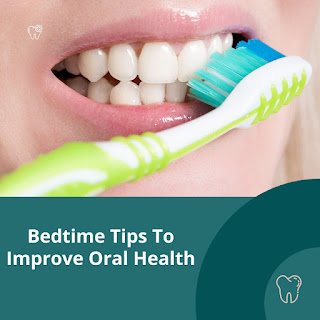Dental extraction
Dental extraction is the process of removing a tooth from its socket in the bone. While dentists aim to preserve natural teeth whenever possible, extractions are sometimes necessary due to disease, trauma, or other oral health concerns. The Brownfield dentist in Brownfield is conveniently located near to the Brownfield Sport Complex and Coleman Park is the best option available for any type of Dental Problem .
Types of Dental Extractions:
Simple Extraction:
Performed on: Teeth that are visible in the mouth, typically when they are intact and not too damaged.
Procedure: The dentist numbs the area with local anesthesia and uses an instrument called an elevator to loosen the tooth, then removes it with forceps.
Surgical Extraction:
Performed on: Teeth that are not easily accessible, such as impacted teeth (often wisdom teeth) or teeth broken at the gum line.
Procedure: More complex than a simple extraction. It may require an incision in the gum, and in some cases, the tooth may need to be broken into pieces for easier removal. This procedure is often done under local anesthesia with sedation, or sometimes general anesthesia.
Reasons for Dental Extractions:
Severe Tooth Decay or Infection:
When a tooth is too badly damaged by decay or infection to be repaired with a filling, crown, or root canal treatment, extraction may be necessary.
Periodontal (Gum) Disease:
Advanced gum disease can loosen teeth or severely damage the surrounding bone, making extraction the best option.
Crowded Mouth:
Sometimes teeth are removed to make room for orthodontic treatment, especially when the mouth is too small to accommodate all the teeth properly.
Impacted Teeth:
Wisdom teeth (third molars) are commonly impacted, meaning they don’t have enough space to emerge properly or are stuck under the gums or in the jawbone, causing pain, infection, or damage to neighboring teeth.
Before the extraction, the dentist will take X-rays to evaluate the position of the tooth and surrounding bone. This helps to determine the best way to remove the tooth.
Anesthesia:
Local anesthesia is typically used to numb the area around the tooth. In more complex cases (e.g., surgical extractions), sedation or general anesthesia may be used.
Extraction:
For a simple extraction, the tooth is loosened with an elevator and then removed with forceps. For surgical extractions, an incision is made, and the tooth may be broken into smaller pieces for easier removal.
Post-Extraction Care:
After the tooth is removed, the dentist may place stitches if necessary and ask you to bite down on a gauze pad to help stop the bleeding.
Instructions are provided for post-operative care, which typically include managing pain, swelling, and preventing infection.
Avoid Smoking and Drinking Through a Straw:
Smoking or using a straw can dislodge the blood clot and cause a painful condition called dry socket, which delays healing.
Follow-Up:
The dentist may schedule a follow-up visit to check the healing progress and remove any stitches if necessary.
Potential Risks and Complications:
Dry Socket:
This occurs when the blood clot that forms in the socket is dislodged, exposing the bone and nerves. It causes severe pain and delays healing. Dry socket is more common after wisdom tooth extractions.
Infection:
Although rare, an infection can occur if bacteria enter the extraction site. Signs include fever, swelling, and persistent pain.
Nerve Injury:
In rare cases, particularly with lower wisdom teeth, nerve damage may occur, leading to temporary or permanent numbness in the lower lip, chin, or tongue.
Sinus Issues:
Upper molars are close to the sinuses, and in rare cases, extraction can cause a connection between the mouth and the sinus. This usually heals on its own, but further treatment may be needed in some cases.
Dental extractions are a common procedure and are generally safe when performed by a qualified dentist or oral surgeon. While most extractions are straightforward, following post-extraction care guidelines is essential to ensure proper healing and minimize complications. If you suspect a tooth may need extraction, it's important to consult a dentist to discuss all available options.
Call us at (806) 636-5555 ,Mail us at : brownfielddental@gmail.com
or visit https://brownfielddentaltx.com/home to schedule your appointment.
Find us at:
101 Seagraves Rd,
Brownfield,
TX 79316.



.jpg)
Comments
Post a Comment